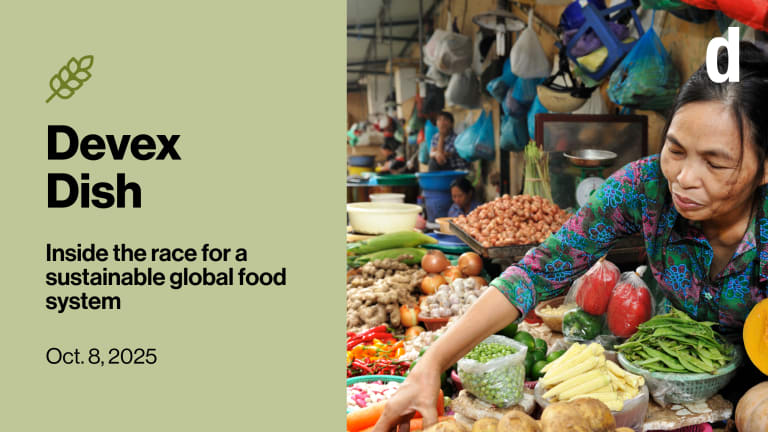Across the globe, millions of children are trapped in diets dominated by cheap, ultra-processed foods. It’s the reason why this year, obesity overtook underweight as the leading form of malnutrition, with UNICEF recently finding that obesity now affects 188 million children and adolescents — 1 in 10 — throughout the world.
The scale of the problem is staggering — and with traditional aid flows crumbling, many are looking to the private sector to fill the gap. But doing so raises a fundamental question: Can tackling childhood malnutrition deliver not just health benefits, but economic returns?
The answer, it turns out, is complicated. But last week, dozens of experts from both the private and public sectors gathered at the Building Bridges conference in Geneva, Switzerland, to brainstorm nutrition’s business case and to understand whether a profitable investment path for nutrition could actually exist.








